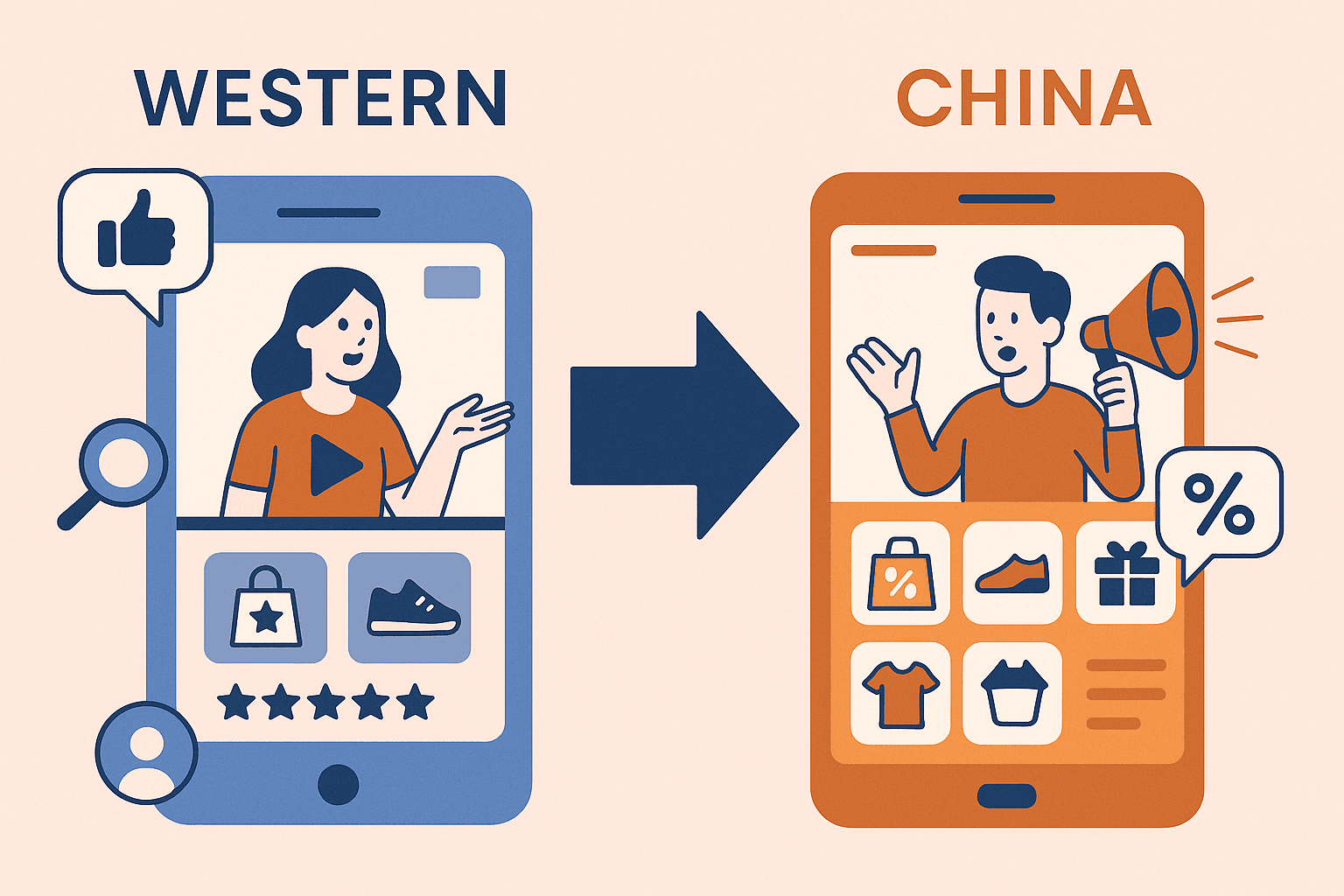Peaks, Not a Peak: How to Win When Seasonality Comes in Waves

TL;DR
- Seasonality now arrives in waves, not single spikes. People shop, pause, compare, and shop again.
- Treat each peak like a mini-campaign. Prime early, push mid-season, capture late buyers.
- Measure incrementality per wave. The winners of Wave 1 can pay for smarter bets in Wave 2.
Why This Matters Now
Once upon a time (a simpler, ad-budgeted time), marketers had “the big season.”
You’d throw every creative, coupon, and caffeinated intern at that single Black Friday or Eid week and then take a nap.
That world’s gone.
In MENA, and increasingly everywhere else, seasonality has fractured into multiple peaks. Ramadan sales bleed into summer promos, then back-to-school morphs into Singles’ Day, which then politely high-fives Black Friday on its way to Year-End Festive.
If you’re still planning like it’s one mountain, you’re missing half the landscape.
From “One Big Push” to “Wave Management”
Think of modern seasonality as surfing: multiple sets, not one tsunami.
Your job isn’t to out-paddle the waves; it’s to catch the right ones in the right order.
Each mini-peak needs its own creative angle and spend rhythm.
You might start with an awareness wave (“prime”), follow with an urgency wave (“push”), and finish with a convenience wave (“capture”).
Marketers who adapt pacing to behavior—not calendars—see better returns with less burnout.
What to Do This Month
-
Define your 2–4 seasonal waves.
Plot demand surges using past performance, search trends, and local events.
Every market has micro-moments; discover yours. (Think with Google’s consumer journey insights are gold here.) -
Give each wave a clear role.
- Prime: Build emotional relevance and curiosity.
- Push: Reassure, convert, and make the deal irresistible.
- Capture: Simplify checkout, emphasize convenience, and retarget late deciders.
-
Reserve a test budget.
Treat early peaks as live experiments. Learn which hooks and formats carry to the next wave. -
Hold out regions or audiences.
Measure true incremental lift instead of assuming the bump came from the banner that yelled the loudest.
The Economics of Pacing
Here’s the quiet truth: spending evenly across the whole quarter is lazy math.
A sequenced approach—where each wave funds insight for the next—builds compounding efficiency.
Early learnings from creative testing (see Why Creative Wins) inform mid-season shifts.
By the time your last wave hits, you’re not guessing—you’re scaling the proven winner.
That’s how high performers manage to look clairvoyant in Q4: they simply let data surf first.
The Emotional Arc of Multi-Peak Shopping
Consumers don’t experience “the season.” They experience stages of mood:
-
Wave 1 – The Curious Scroll.
They’re exploring possibilities, not prices. Inspire them.
Humor, storytelling, or aspiration go further than hard sells here. -
Wave 2 – The Intent Surge.
Decision anxiety hits. Now’s the time for proof—reviews, guarantees, and convenience signals.
(If you’ve read Kill Checkout Doubt, you already know this play.) -
Wave 3 – The Late Rush.
It’s chaos, but glorious chaos. Simplify everything: faster pages, clearer CTAs, fewer options.
The late buyer isn’t browsing; they’re begging for a reason to trust you.
Understanding this emotional rhythm lets you speak in sync with the shopper’s brain, not just their calendar.
Creative Sequencing: Prime → Push → Capture
One of the biggest mistakes marketers make is recycling the same creative all season.
If your “Hurry, 20% Off!” ad is running for eight weeks, it’s not urgency—it’s background noise.
Prime phase: Emotion and curiosity. Light product presence, strong storytelling.
Push phase: Product proof, deal clarity, urgency cues.
Capture phase: Simplicity and reassurance. Make it feel effortless to buy.
Each phase hands off to the next like a relay. If one runner drops the baton (say, unclear landing pages or mismatched visuals), you lose momentum.
Budget Rhythm: The “Sine Wave” Strategy
Budget pacing should mirror demand waves, not flatten them.
Picture a sine wave instead of a flat line: small ramp-up → peak spend → taper down → quick reset.
This keeps your campaigns in sync with consumer energy—maximizing reach when intent spikes and conserving spend when it dips.
More importantly, it prevents creative fatigue. You’re not shouting at tired audiences; you’re meeting fresh ones with relevant energy.
Measurement That Actually Teaches You Something
Instead of obsessing over short-term ROAS, look at lift per wave.
Holdouts tell you what truly moved the needle versus what just rode existing demand.
A few rules of thumb:
- Don’t average peaks together—an early “prime” wave’s success looks different from a late “capture” one.
- Use geo or audience splits for clean reads.
- Run retros after each wave, not just post-season.
This rhythm gives you real learning velocity—something no one-shot campaign can replicate.
FAQs & Objections
“Won’t splitting the budget weaken impact?”
Only if you dilute focus. In truth, multiple peaks spread risk and increase relevance. You’re not dividing power—you’re deploying it more intelligently.
“Does this work outside MENA?”
Yes. The “wave” logic applies to any region where retail calendars are stretching (so… nearly everywhere). The MENA market just saw it first and faster.
“Isn’t this too complex for small teams?”
Not if you template it. Plan your three waves in advance and swap creative per stage. Think of it as three sprints, not a marathon.
The Bigger Picture
Marketing used to be about fireworks—one massive launch, one giant sale, one big day.
Now it’s about rhythm. Attention doesn’t gather in crowds anymore; it pulses in patterns.
Winning modern seasonality means syncing your brand heartbeat to the shopper’s pulse—steady, adaptive, and perfectly timed.
So don’t climb one mountain and collapse at the summit.
Learn to surf the waves.
Because while everyone else is gasping from their “big campaign,” you’ll already be catching the next one—with better creative, smarter spend, and yes… one less panic meeting.
(And if someone in your next planning session says “Let’s just double last year’s Black Friday,” gently hand them a surfboard.)
Read similar content
Similar topics

Speed Is a Feature: Site, Support, and Delivery That Convert
Operational speed—page loads, helpful support, clear delivery—now decides who wins the cart.

Loyalty That Changes Behavior (Not Just Points)
Design rewards and service advantages that make people act differently—return more, spend more, advocate more.

Beyond #Ad: Why Affiliate + Long-Term Creators Are Eating Paid Social
One-off influencer posts are dying; long-term creator relationships and affiliate engines now outperform traditional paid social.

Social Commerce Is Growing Up: What to Copy (and Not) from China
Western social platforms are finally maturing into real shopping ecosystems—but China’s playbook isn’t a template, it’s a teacher.